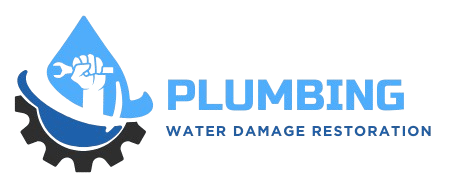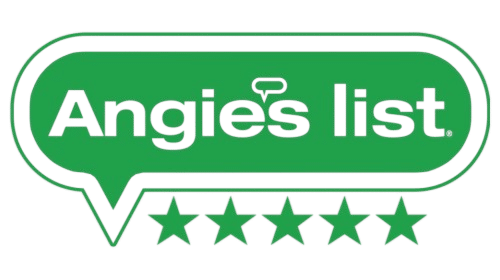In the fast-paced domain of industry, plumbing systems must be reliable and efficient. This is just what is needed when the plumbing gets deep, as for industrial installations. In these cases, customized industrial plumbing solutions must be fashioned to meet the unique demands of each facility because they are as varied as the processes that each type of industry undertakes. Custom solutions consider many variables and can optimize not just the local plumbing system but also the whole framework in which it exists, often with the help of engineers and architects. This optimization is critical because, in an industry where interruption can mean lost profits, a plumbing failure of any size can be disastrous. When suited to the specific circumstances of the facility, the plumbing system can support ongoing operations efficiently and with minimal downtime.
The benefits of customized plumbing systems reach far beyond the common household. They extend into the depths of many high-performance and high-risk industries, including the production and laboratory-level manufacture of chemicals and even the energy sector. For these specialized environments, the demands on plumbing systems can stretch the limits of imagination and materials science.
Even the food and beverage industry requires plumbing that meets rigorous health and safety standards, and that too is constructed with the right combination of materials and configurations if peace of mind and assured operational reliability are to be part of the plumbing system. These specialized plumbing systems and their operational guidelines are also manageable in part because they satisfy the requirements of effective risk management.
The long-term benefits of custom industrial plumbing systems go well beyond mere operational efficiency. They boost energy and water conservation, and they do this in ways that you might not expect. While many folks think of plumbing as low-tech, the truth is that it can be as high-tech or as low-tech as you want it to be. For the most part, these systems can handle whatever a facility can throw at them, and they can do it with far less energy and with far fewer resources than the plumbing that preceded it. In too many cases, the preceding plumbing is still the plumbing of choice. The only way that we can turn that around is by showing a real "plumbing payback" in terms of energy and water conservation. That, in turn, is a conversation that requires a lot more high-tech detail than meets the eye.










